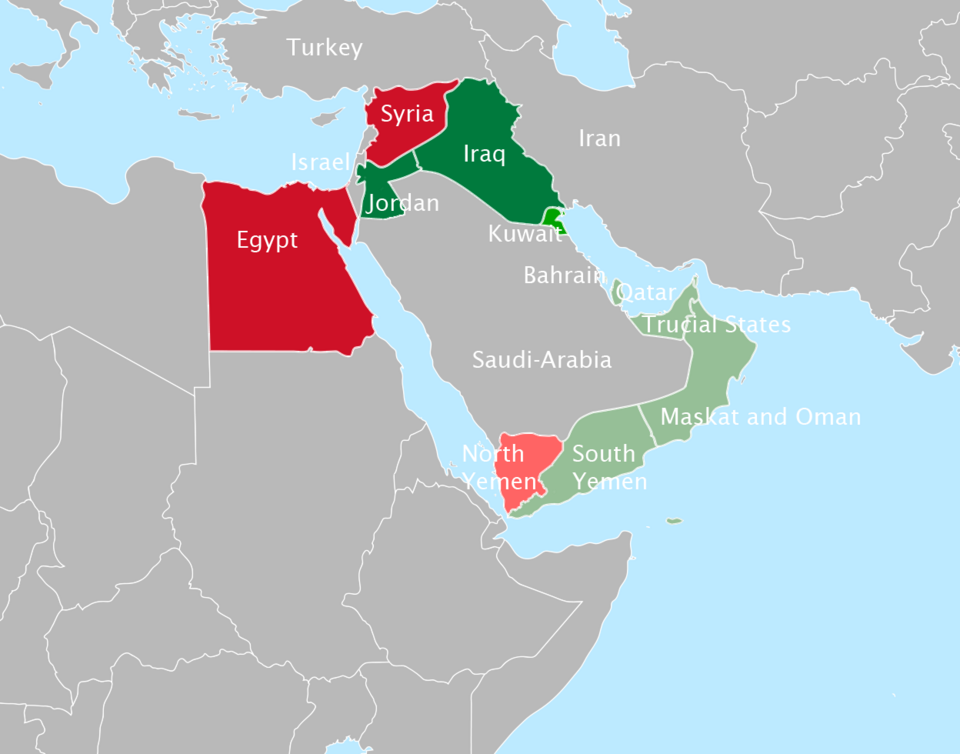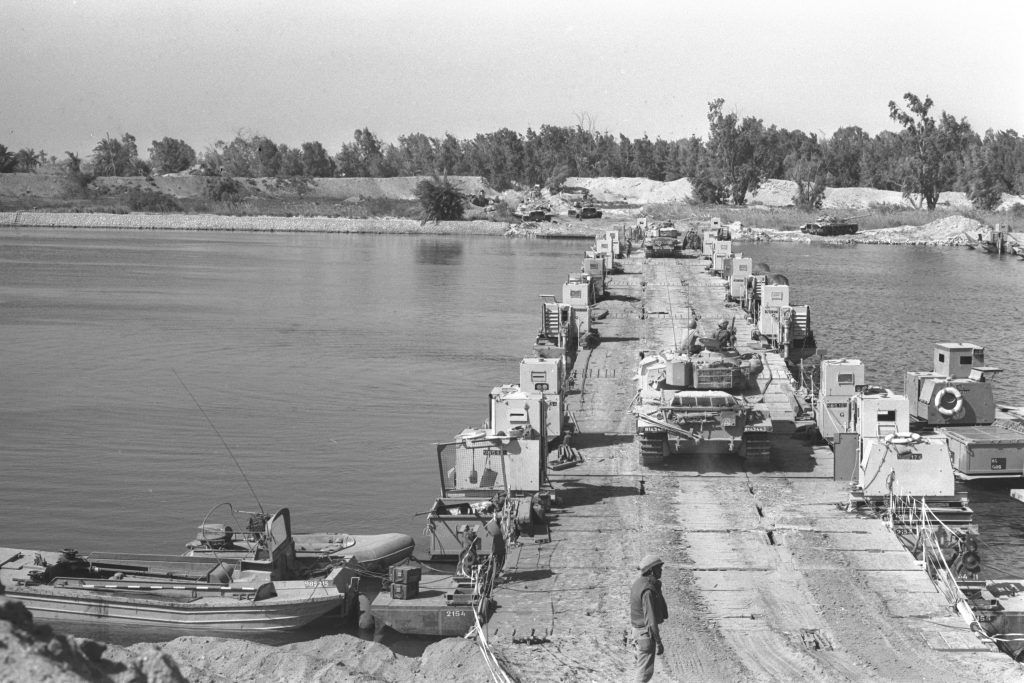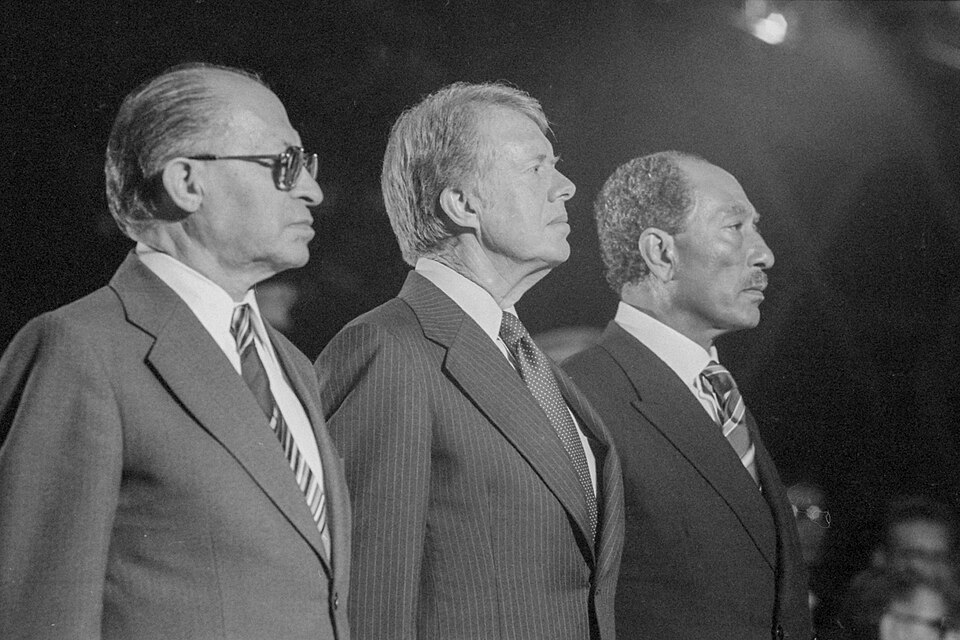IB Syllabus focus:
'Study the political developments in post-war Egypt under leaders such as Nasser, Sadat, and Mubarak.
Explore their economic and social policies.
Examine the concept of Pan-Arabism and the United Arab Republic (UAR).'
In the wake of World War II, Egypt underwent significant political transformations that redefined its domestic and international identity. The leadership of Nasser, Sadat, and Mubarak successively shaped the nation’s policies and its regional stance, particularly through the lens of Pan-Arabism and involvement in the United Arab Republic (UAR).
Gamal Abdel Nasser and the Rise of Pan-Arabism
Background and Ascendancy
Rise to Power: Following the ousting of King Farouk by the Free Officers Movement, Nasser emerged as the prime architect of modern Egypt.
Ideology: Advocated Arab nationalism and socialism, setting the foundation for Pan-Arabism.
Domestic Policies
Agrarian Reform: Implemented land reforms to dismantle feudal holdings and distribute land to the peasantry, aiming to alleviate rural poverty.
Nationalisation and Industrialisation: The Suez Canal nationalisation in 1956 epitomised the broader move towards state-led control of key economic sectors.
Social Policies: Nasser prioritised state-funded education and healthcare, attempting to create an egalitarian society.
Pan-Arabism and the UAR
United Arab Republic: In 1958, Egypt and Syria formed the UAR, a political union symbolising the zenith of Pan-Arabism.

This map highlights the 1958 United Arab Republic—Egypt and Syria—in red, with related contemporary schemes (United Arab States and the Arab Federation) shown for context. It clarifies the geographic scope of the UAR at its peak under Nasser. Extra detail: the United Arab States and Arab Federation are included for orientation but are not required by the syllabus. Source
Challenges and Dissolution: Disagreements and regional disparities led to the dissolution of the UAR in 1961, though the idea of Arab unity persisted in regional politics.
Anwar Sadat and the Era of Realpolitik
Leadership Transition
Assumption of Presidency: After Nasser's death, Sadat came to power amidst economic challenges and national disquiet.
Economic Reforms
Open Door Policy (Infitah): Introduced economic liberalisation to invigorate the stagnant economy, marked by a significant shift from Nasser's socialist policies.
Foreign Investment: Encouraged international capital, aiming to modernise the economy and stimulate growth.
Political and International Stance
Departure from Nasserism: Moved away from strict state-controlled economy and socialist policies, opting for a more pragmatic approach.
Yom Kippur War: Initiated the war to regain the Sinai Peninsula, later leveraging the outcome to negotiate peace with Israel.

Egyptian forces cross the Suez Canal during the October 1973 war, using bridgeheads to establish a foothold east of the canal. The image captures the early tactical momentum that Cairo later converted into diplomatic leverage. Source
Camp David Accords: In 1978, Sadat signed a peace treaty with Israel, a controversial move that realigned Egypt's foreign policy towards the West.

Anwar Sadat, U.S. President Jimmy Carter, and Menachem Begin at the Camp David Accords signing in the White House (September 17, 1978). The ceremony marked Egypt’s strategic realignment and the first peace agreement between Israel and an Arab state. Source
Sadat’s Assassination
Domestic Opposition: His policies, especially the peace treaty with Israel, engendered significant opposition, leading to his assassination in 1981.
Hosni Mubarak and Stability through Autocracy
Consolidation of Power
Beginning of Rule: Mubarak’s presidency began with promises of continuity and stability, focussing on security and economic growth.
Political Repression: Maintained a tight grip on power through political repression, limiting the scope for democratic development.
Economic Policies
Continued Liberalisation: Further privatisation of industries was implemented, continuing Sadat’s economic legacy.
Economic Disparities: Despite economic growth, corruption and inequality widened the gap between rich and poor.
Social Policy and Development
Public Services: Investments in infrastructure were overshadowed by inadequate funding for social welfare programs.
Healthcare and Education: Despite initiatives, these sectors suffered from underinvestment and inefficiency.
International Relations and Regional Politics
Adherence to Peace Treaty: Upheld the Camp David Accords, maintaining peace with Israel.
Regional Influence: Egypt under Mubarak sought to play a pivotal role in Middle Eastern politics, often mediating in the Arab-Israeli conflict.
The Concept of Pan-Arabism and the United Arab Republic
Ideological Foundations
Historical Context: Pan-Arabism drew from a deep-rooted desire for unity among Arabic-speaking nations, against the backdrop of post-colonial state formation.
Nationalist Movements: The ideology gained momentum as Arab nations sought independence and sovereignty post-World War II.
The UAR Experiment
Formation and Functioning: The union between Egypt and Syria was intended as a first step towards a larger Arab state.
Economic and Political Structure: Joint institutions were created, but the UAR struggled with economic integration and political centralisation.
Legacy of Pan-Arabism
Influence on Arab Politics: Though the UAR was short-lived, the concept of Arab unity continued to shape the political discourse in the region.
Impact on Subsequent Policies: Future attempts at Arab unity, such as the Arab League, can trace their ideological roots to the UAR and Nasser’s vision.
Assessing the Impact of Leadership on Egypt’s Path
The legacies of Nasser, Sadat, and Mubarak offer a tapestry of varying approaches to governance, economic management, and foreign policy. Their combined tenure reflects the nuances of Egypt’s quest for development and its role in a complex, often volatile region.
Nasser's Indelible Mark
Economic Foundations: His socialist policies set the economic trajectory that his successors would modify but not completely abandon.
Cultural Revolution: Nasser's era was also marked by a cultural revolution, promoting Arab art, literature, and media.
Sadat’s Controversial Shifts
Economic Liberalisation: Sadat’s open-market policies laid the groundwork for contemporary economic strategies, but also entrenched socio-economic divisions.
Peace and Diplomacy: His peace overtures had long-lasting implications for Egypt’s international alliances and regional diplomacy.
Mubarak's Balancing Act
Economic Growth and Discontent: While Mubarak's policies spurred economic growth, they failed to equitably distribute the benefits, contributing to public dissent.
Legacy of Stability and Repression: His three-decade rule is remembered for its stability as well as the suppression of political freedoms.
In sum, the examination of post-war Egypt’s leadership reveals a nuanced interplay between the imperatives of national development, the quest for regional unity, and the exigencies of geopolitical dynamics. The enduring impact of these leaders’ policies continues to resonate in Egypt’s ongoing socio-political landscape.
FAQ
Nasser's nationalisation of the Suez Canal in 1956 had profound immediate and long-term impacts on Egypt's economy. In the short term, the nationalisation led to the Suez Crisis, during which the canal was closed and Egypt faced military invasion by Britain, France, and Israel. The canal's revenues, which were previously shared with its foreign stakeholders, now fully entered the Egyptian treasury, providing a significant boost to the national budget. In the long term, the control over the canal allowed Egypt to secure a steady income stream that funded Nasser's ambitious social and infrastructure projects. It also enhanced Egypt's geopolitical significance, elevating its position within the Arab world and among non-aligned nations during the Cold War.
After the signing of the Camp David Accords in 1978, Egypt's relations with other Arab nations became strained. The peace treaty with Israel was seen by many Arab states as a betrayal of the Palestinian cause and a deviation from the collective stance of Arab solidarity against Israel. Consequently, Egypt was suspended from the Arab League, and its headquarters were temporarily moved from Cairo to Tunis. This isolation from the Arab community was a significant diplomatic cost to Sadat's Egypt, which only began to subside after his assassination and under Mubarak's rule. The Accords, while bringing peace with Israel, significantly reoriented Egypt's foreign relations, fostering closer ties with the West, particularly the United States.
Maintaining the peace treaty with Israel was one of the significant challenges faced by Mubarak. He had to navigate the delicate balance of upholding the treaty, which was vital for Egypt's relationship with the West and continued military and economic aid, while managing the widespread domestic opposition to normalisation with Israel. The peace treaty was unpopular among the Egyptian populace and the wider Arab world, constraining Mubarak's ability to fully engage with Israel publicly. Furthermore, the rise of Islamist groups within Egypt, who were vehemently opposed to the treaty, posed a significant internal security challenge. Mubarak had to employ a complex mix of diplomacy, political acumen, and at times, repression to maintain the treaty and its benefits for Egypt.
Mubarak's economic policies, particularly the acceleration of privatisation and liberalisation from the 1990s, contributed to the 2011 uprising by exacerbating economic inequality and corruption. While GDP growth was significant, the benefits were disproportionately enjoyed by the wealthy elite, often linked to Mubarak's government, while the wider population experienced high unemployment, underemployment, and rising living costs. Additionally, these policies diminished the public sector, which had been a source of stable employment for middle-class Egyptians. This growing economic disparity, coupled with political repression and lack of democratic reforms, fuelled widespread discontent that eventually sparked the mass protests leading to Mubarak's ousting. The uprising was as much a response to decades of autocratic governance as it was to the systemic economic grievances of the Egyptian populace.
The outcomes of the Yom Kippur War in 1973, while militarily ambiguous, provided Sadat with the political capital to initiate economic reforms known as Infitah. Emboldened by a surge in national pride and a temporary unity, Sadat leveraged the war's aftermath to shift Egypt's economic policies towards a more open-market system. This strategic pivot was aimed at recovering from the economic stagnation that afflicted Nasser's last years due to costly military expenditures. By opening the economy to foreign investors and private enterprise, Sadat aimed to stimulate economic growth and modernise Egypt's infrastructure. However, these policies also led to increased social stratification and discontent among those who felt marginalised by the new economic priorities.
Practice Questions
Nasser's presidency significantly shaped Egypt's socio-political and economic landscape, influencing his successors’ policies. His agrarian reform and industrialisation strategies laid the economic groundwork that Sadat and Mubarak continued to develop, albeit with more liberal approaches. Moreover, Nasser's Pan-Arabism provided a nationalist fervour that continued to resonate, though later leaders did not pursue the ideal with the same vigour. Nasser's state-led model and its associated welfare programs set a precedent, which Sadat and Mubarak modified but could not entirely displace, indicating a foundational impact on Egypt's governance.
Sadat's Infitah policies represented a drastic shift from Nasser's socialism to open-market economics, attracting foreign investment and invigorating private sector growth. This led to an influx of Western capital and technology, contributing to economic diversification. However, the success was partial as these reforms also resulted in increased inequality and a dependency on foreign aid and investment. The economic benefits were largely confined to the elite, bypassing the lower socioeconomic classes, thus sowing seeds of discontent. Hence, while Infitah catalysed economic activity, it fell short of achieving inclusive economic development.

